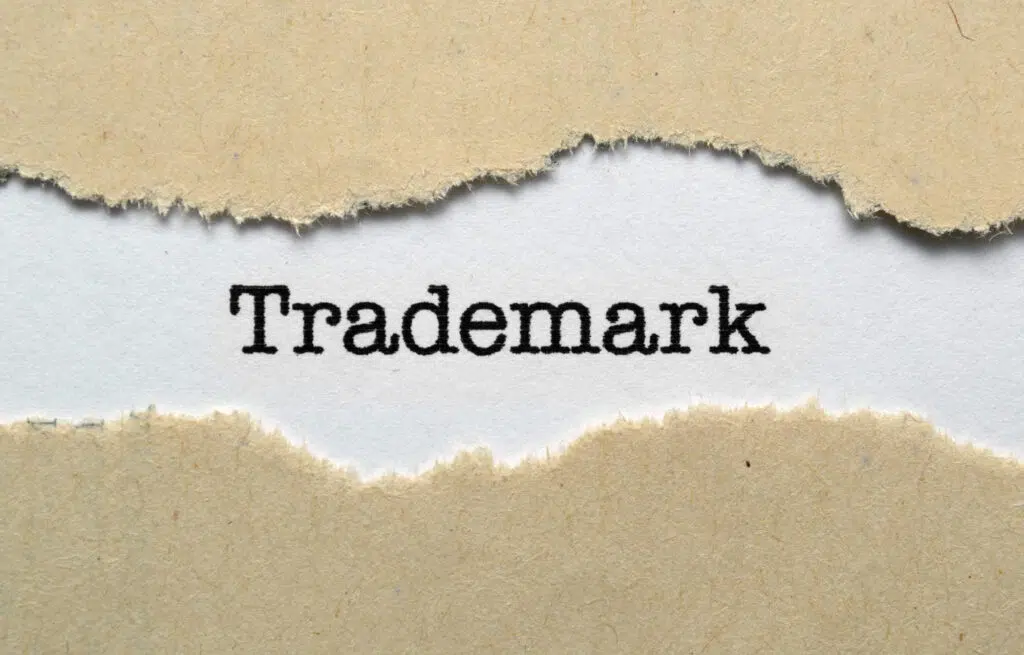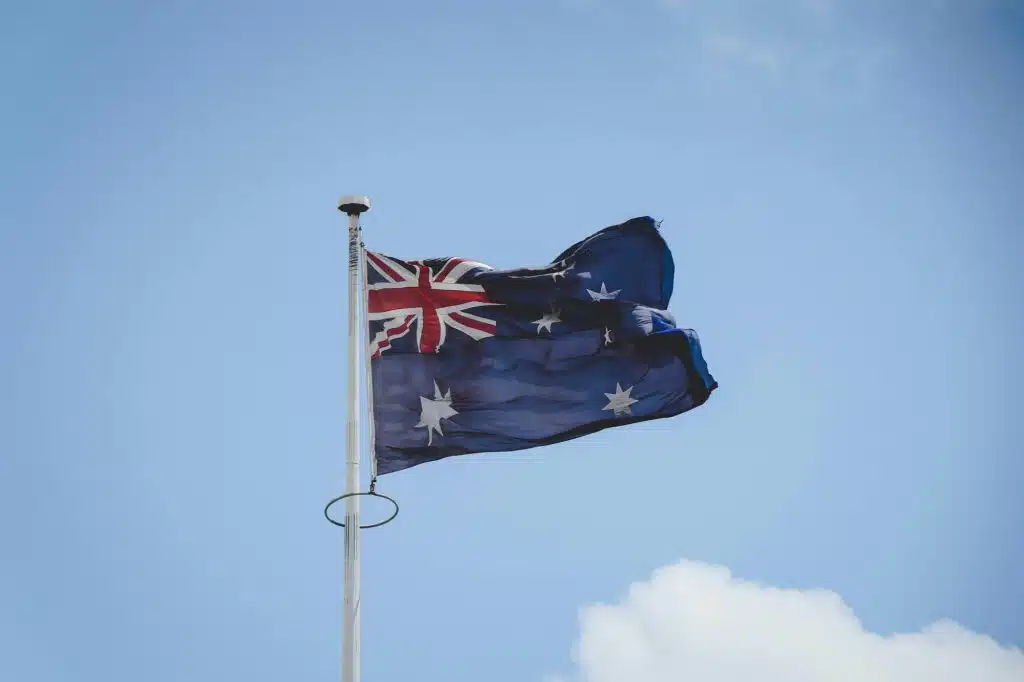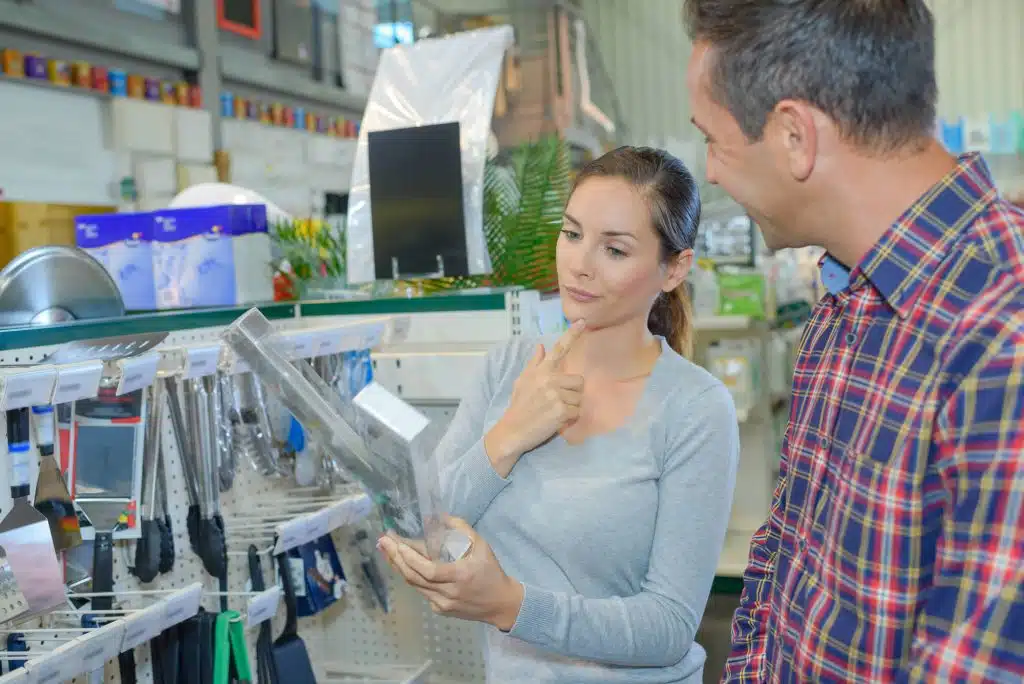Introduction
Registering a trade mark is one of the most important ways to protect your business and brand in a globalised economy. However, there are circumstances where your trade mark may not be registered because it is deemed too similar to another mark. Despite this, there are also situations where similar trade marks can be registered and co-exist on the trade mark register at the same time.
IP Australia is the organisation responsible for registering trade marks in Australia. To register a trade mark, your mark must not be ‘substantially identical or deceptively similar’ to another registered trade mark. When reviewing trade mark applications, IP Australia may raise objections if your trade mark is considered too similar to an existing and registered mark. However, there are ways to overcome these objections and successfully register your trade mark.
This article explores why similar trade marks can be registered at the same time and what you can do if an objection is raised.

Substantially Identical or Deceptively Similar
When you submit a trade mark application, IP Australia will review your mark against all registered trade marks.
The test applied by IP Australia assesses whether your mark is ‘substantially identical’ and ‘deceptive similarity’ to another trade mark. IP Australia analyses the marks side by side when conducting these tests.
Substantially Identical
IP Australia will consider whether the marks are substantially identical i.e. essentially the same, by analysing their similarities and differences and considering each marks characteristics and essential features. Marks that are substantially identical may use similar or the same images or words (amongst other things).
Deceptively Similar
If the marks are not substantially identical, IP Australia will then asses whether the mark is deceptively similar to another registered trade mark. In this case, IP Australia assesses whether an ordinary person would think that the marks are deceptively similar when looking at them and considering them as a whole.
IP Australia also considers the classes in which the trade marks are registered. Marks in similar classes of goods and services are more likely to conflict and be deemed ‘substantially identical or ‘deceptively similar’. When looking at the classes of goods and services, IP Australia will consider the following:
1. Goods:
- The nature of the goods;
- The uses of the articles/goods; and
- The trade channels used to buy and sell the goods.
2. Services:
- The nature and characteristics of the services;
- The origin of the services;
- The purpose of the services;
- Where the services are provided from or who provides them; and
- Whether the services are provided to the same class or classes of customers.
The above is not an exhaustive list of what IP Australia will consider and other factors may be relevant depending on the nature of the mark and what it is trying to protect.
When IP Australia assesses the similarities between goods and services, they tend to consider what an ordinary consumer perceives which includes their general understanding of the products or services and the relevant marketplace where the marks are used.

Overcoming Potential Conflicts
Despite the above, it is possible for two or more similar marks to be registered together on the IP Australia register given that IP Australia considers a variety of factors.
The two most common circumstances where two similar marks may both be registered:
- Where there is concurrent use; or
- Where the marks are not registered in classes of goods or services that are similar.
Concurrent Use
IP Australia may raise an objection to your trade mark under section 44 of the Trade Marks Act 1995 (Cth) if an examiner considers your mark as ‘substantially identical’ or ‘deceptively similar’ to an existing mark.
To overcome this objection, you can provide IP Australia with evidence of your honest concurrent use or prior use of the trade mark.
When providing evidence of concurrent use you will need to show (amongst other things):
- Whether you were aware of the earlier registered mark when you chose your trade mark;
- Whether you are aware of any confusion between your mark and the conflicting mark;
- Details on when you first used the trade mark; and
- Whether you have used it continuously since (amongst other things).
You will need to provide a declaration with supporting evidence to IP Australia to demonstrate that either:
- Your trade mark existed before the conflicting trade mark, even if the conflicting mark was registered first; and/or
- You have honestly and concurrently used your mark alongside the conflicting mark without confusion amongst customers.
Different Classes of Goods and Services
Even if your trade mark is similar to an existing mark, it can still be registered if it is used in different classes of goods and services. This is due to the likelihood that consumers are unlikely to confuse the two marks because they relate to different industries or markets.

Other Options
In addition to the above, you can also:
- Seek consent from the owner of the conflicting trade mark, allowing your mark to be registered. However, the trade mark owner is under no obligation to agree; or
- Apply for removal of the conflicting mark on the basis of non-use, if it has not been used in Australia for the goods and services listed in the registration.
Conclusion
Understanding how IP Australia assesses your trade mark and the options available to you to overcome objections can assist you in navigating the registration process and securing protection for your brand.
The information in this article is for general purposes only and you should obtain professional advice relevant to your specific circumstances.
Get in touch
If you or someone you know wants more information or needs help or advice in relation to trade marks, please contact us.
Related Resources
Employment
Overhaul of Restraint of Trade Clauses
Discover how the 2025–26 Federal Budget proposes major changes to non-compete clauses in Australian employment contracts, aiming to boost job mobility and protect low to middle income earners.
Read moreIntellectual Property Trademarks
The difference between a business name and a trademark
Business name registration isn’t a registered trademark Choosing a business name to build your brand is one of the most important decisions you’ll make when starting a business. There is a common misconception that registering your business name or purchasing a domain name gives you the same rights as a...
Read more



